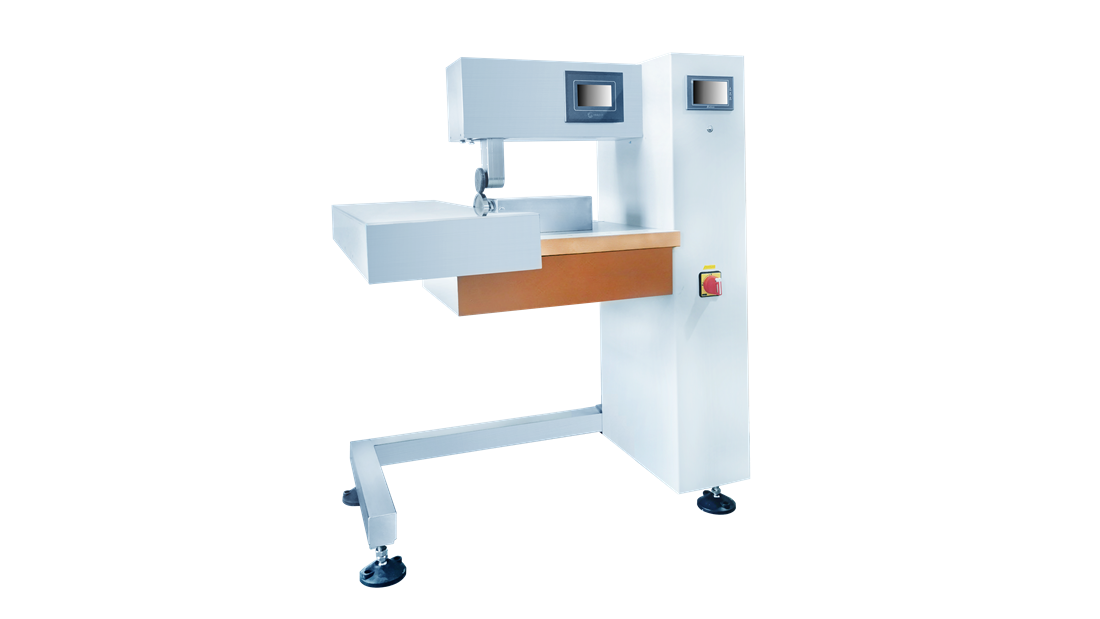Explore The Ultrasonic Sewing Machine
Explore The Ultrasonic Sewing Machine – cheersonic
In the fields of industrial manufacturing and textile processing, a quiet technological revolution is reshaping traditional sewing techniques. When high-frequency vibrating sound waves replace the mechanical action of threading a needle, ultrasonic sewing machines, with their disruptive working mode, bring a brand-new solution to material processing.
The core mystery of ultrasonic sewing machines lies in the energy conversion system that converts electrical energy into high-frequency mechanical vibrations. The equipment generates high-frequency alternating current of 20-40 KHZ through the electronic box, driving the piezoelectric ceramic transducer to produce tens of thousands of microscopic expansions per second. This high-frequency vibration is transmitted to the welding head via the amplitude transformer. At the moment of contact with the material, it generates heat through friction at a frequency of more than 20,000 times per second, causing the surface molecules of the material to melt instantly. When the welding head applies pressure, the material layers are fused at the molecular level, and the sewing can be completed without the need for needles and threads. This “needle-free sewing” process has completely broken through the technical boundaries of traditional sewing.
Compared with traditional sewing machines, ultrasonic equipment demonstrates all-round performance advantages. In terms of efficiency, its sewing speed can reach 30 to 50 meters per minute, which is 3 to 5 times that of ordinary sewing machines. It is particularly suitable for continuous production in industries such as clothing and automotive interiors. In terms of quality, the weld seams generated by ultrasonic waves have stronger tear resistance, and the edges are naturally sealed after being melted at high temperatures, avoiding the common burrs problem in traditional needle and thread sewing, which greatly enhances the durability and aesthetics of the product. In terms of environmental protection, as there is no need to use needles, threads, glue or chemical adhesives, it effectively reduces material waste and pollution emissions, which is in line with the current industrial trend of green manufacturing.
The application scenarios of this disruptive technology are extremely extensive. In the medical field, ultrasonic sewing machines are used to manufacture products such as sterile protective clothing and medical dressings. Their seamless welding technology avoids the risk of bacterial residue. In the automotive industry, components such as sound insulation cotton and airbags in car interiors have achieved a perfect combination of lightweight and high strength through ultrasonic welding. In the aerospace field, the sealing gaskets of precision instruments and the splicing of special composite materials also rely on its precise processing capabilities. Even in the field of fashion design, designers have begun to use ultrasonic cutting to create unique hollowed-out patterns, endowing traditional fabrics with a highly futuristic visual effect.

The development of ultrasonic sewing technology faces many challenges. The initial investment in its equipment is large. The operation requires precise control of parameters such as power, time and pressure, and has high technical requirements for the operators. It is necessary to precisely control the power of ultrasonic waves, welding time and pressure parameters. Moreover, this technology has limitations in material adaptation. Currently, it is mainly applicable to thermoplastic materials and has poor processing effects on non-thermoplastic materials such as natural fibers. Fortunately, with the research and development of new composite transducers and intelligent control systems, these bottlenecks are gradually being broken through.
In the future, ultrasonic sewing machines will develop towards intelligence and integration. The Internet of Things (iot) technology facilitates real-time monitoring and parameter adjustment, and integrates with 3D printing or innovates molding processes. This green manufacturing technology is driving the upgrading of traditional industries. The leap from needle shuttle threading to acoustic wave fusion will continue to create unlimited possibilities in the field of precision manufacturing.